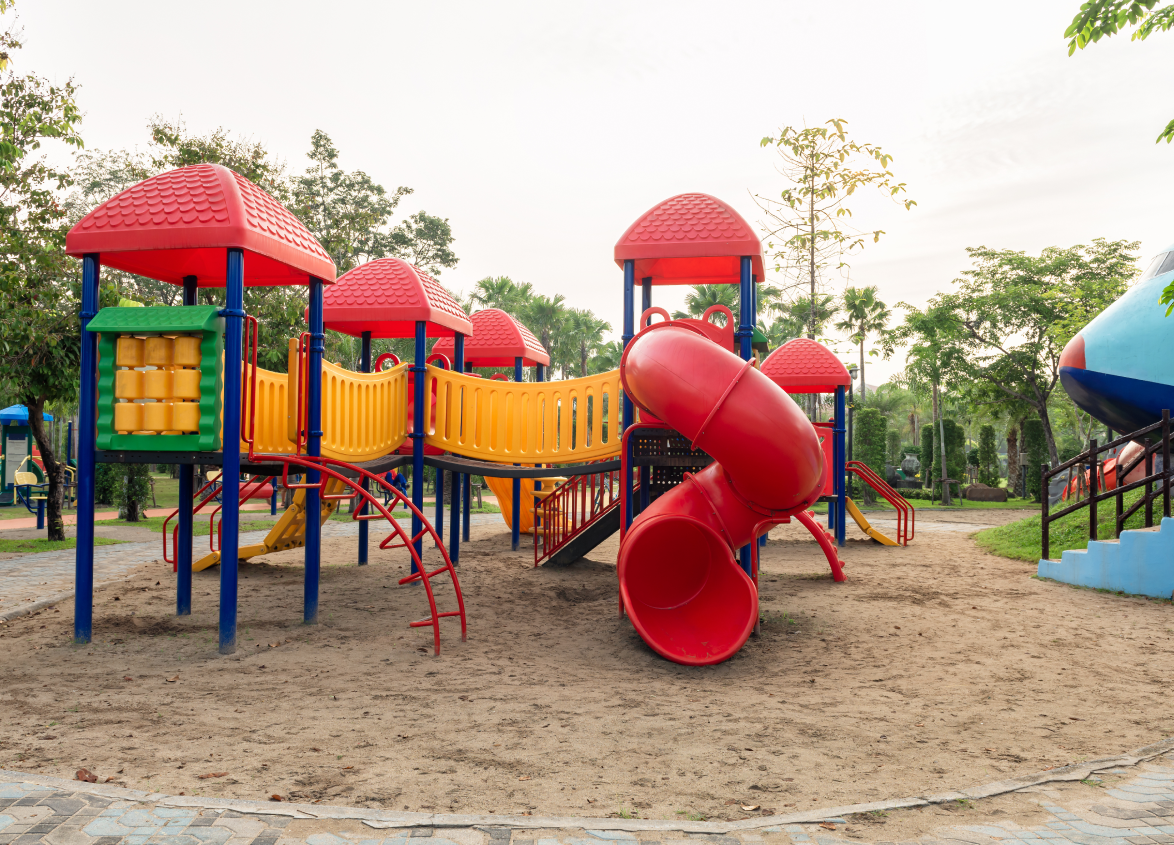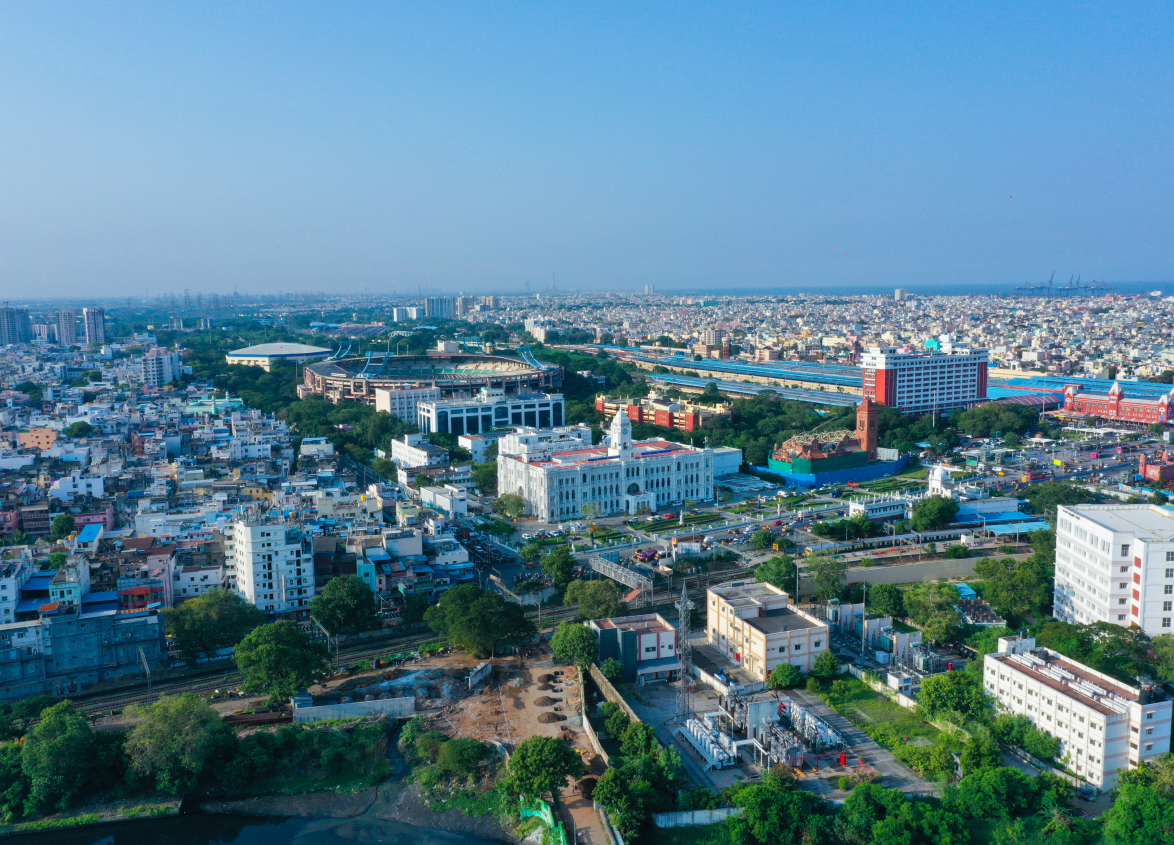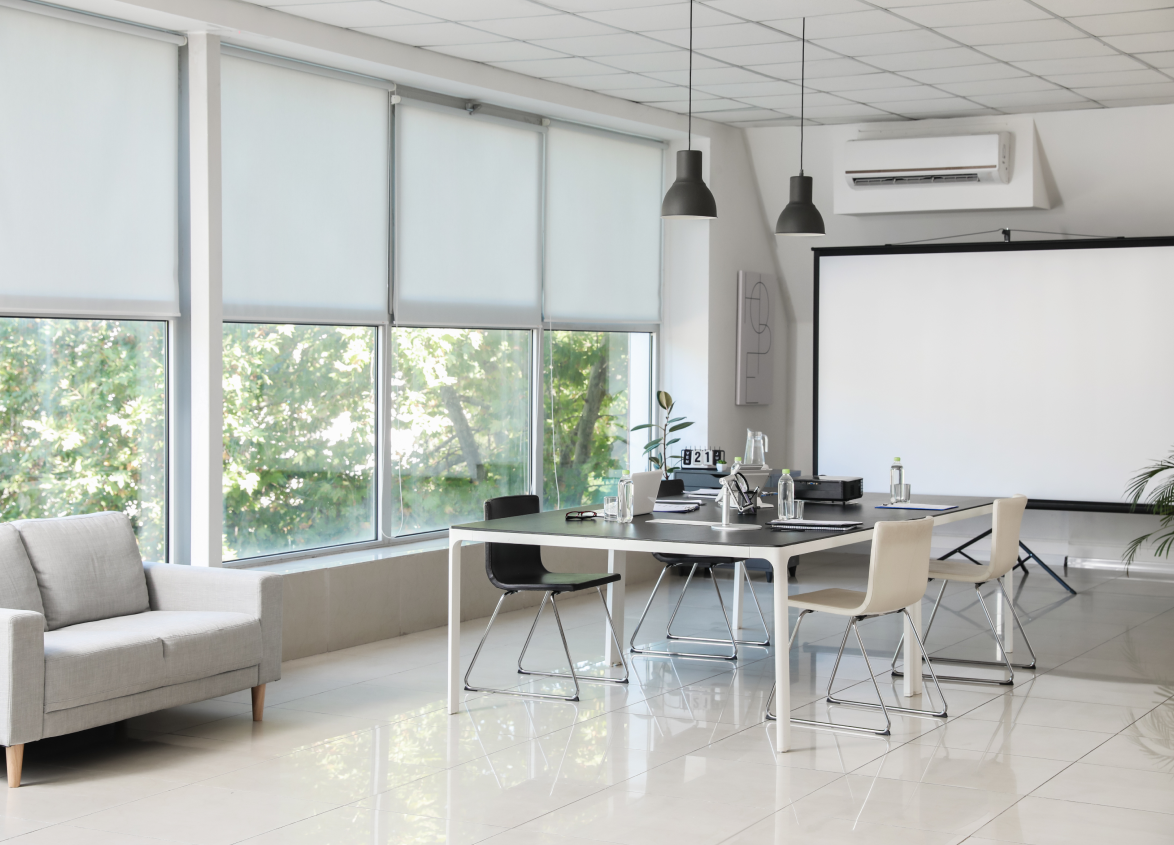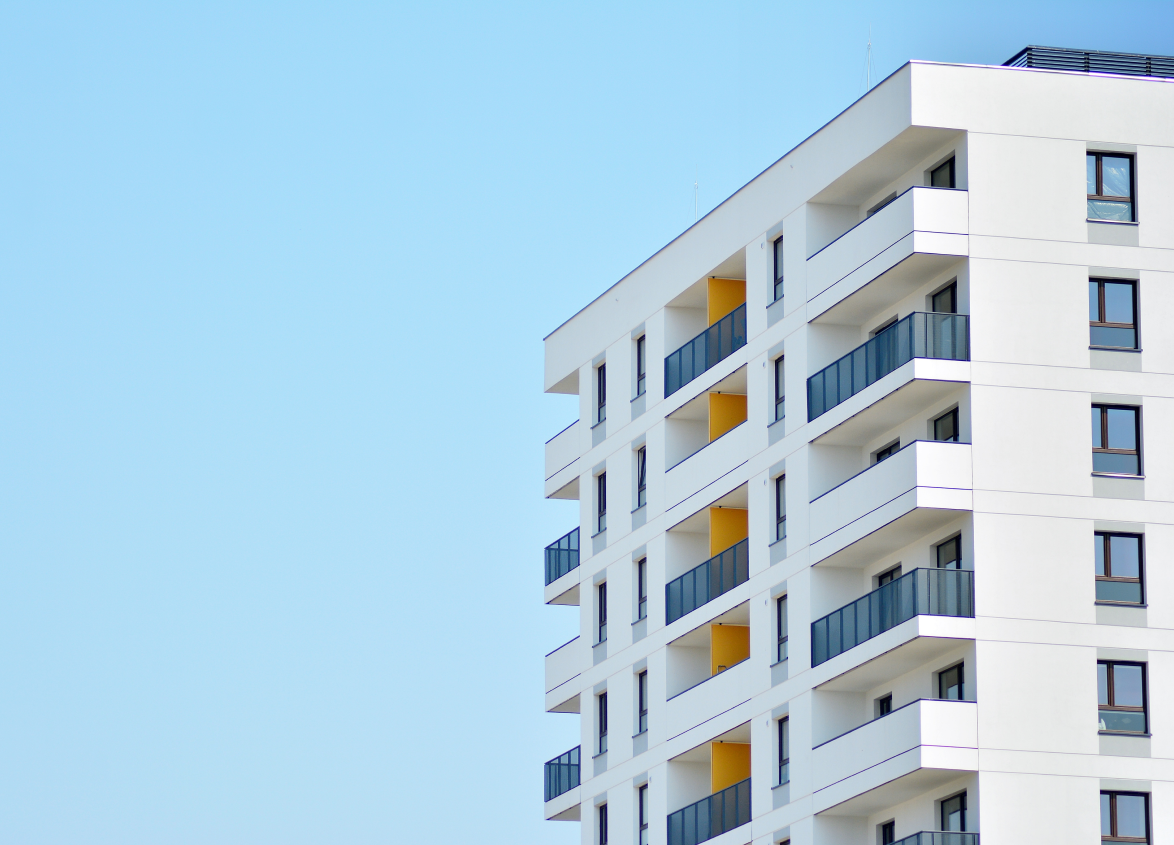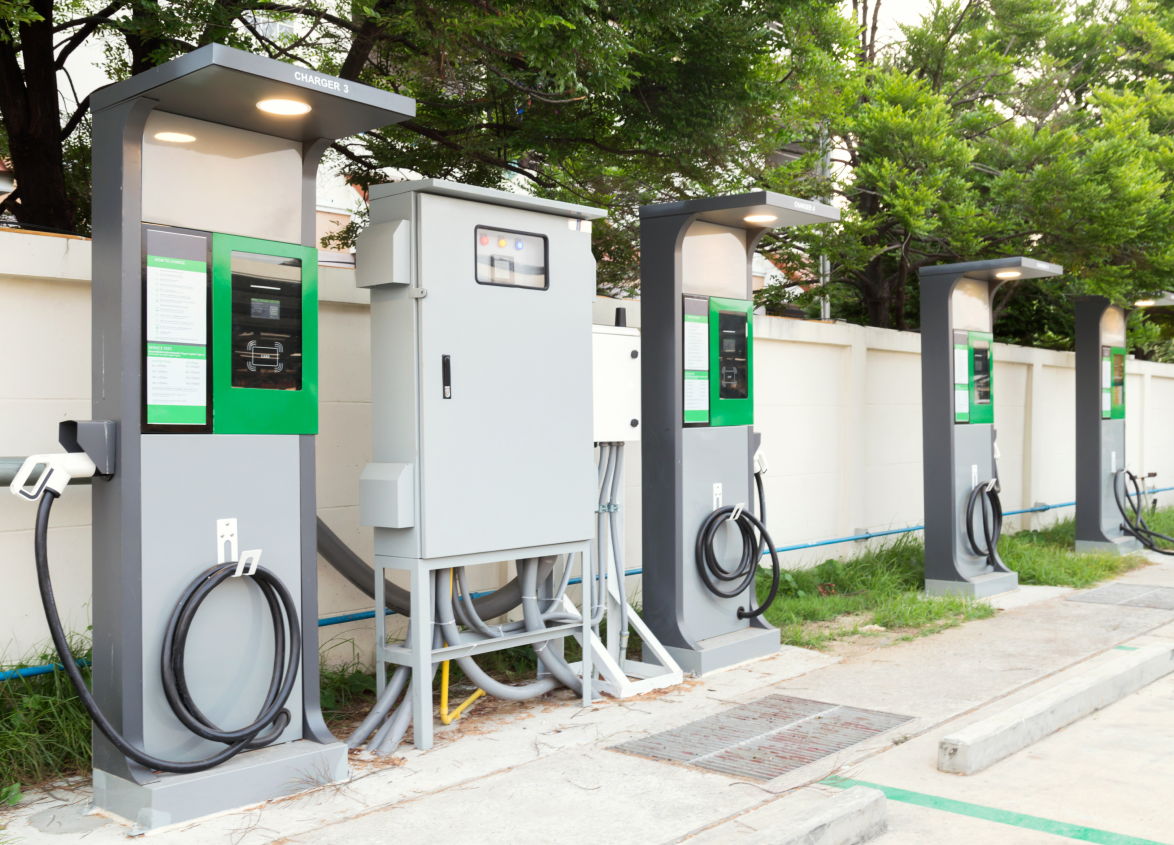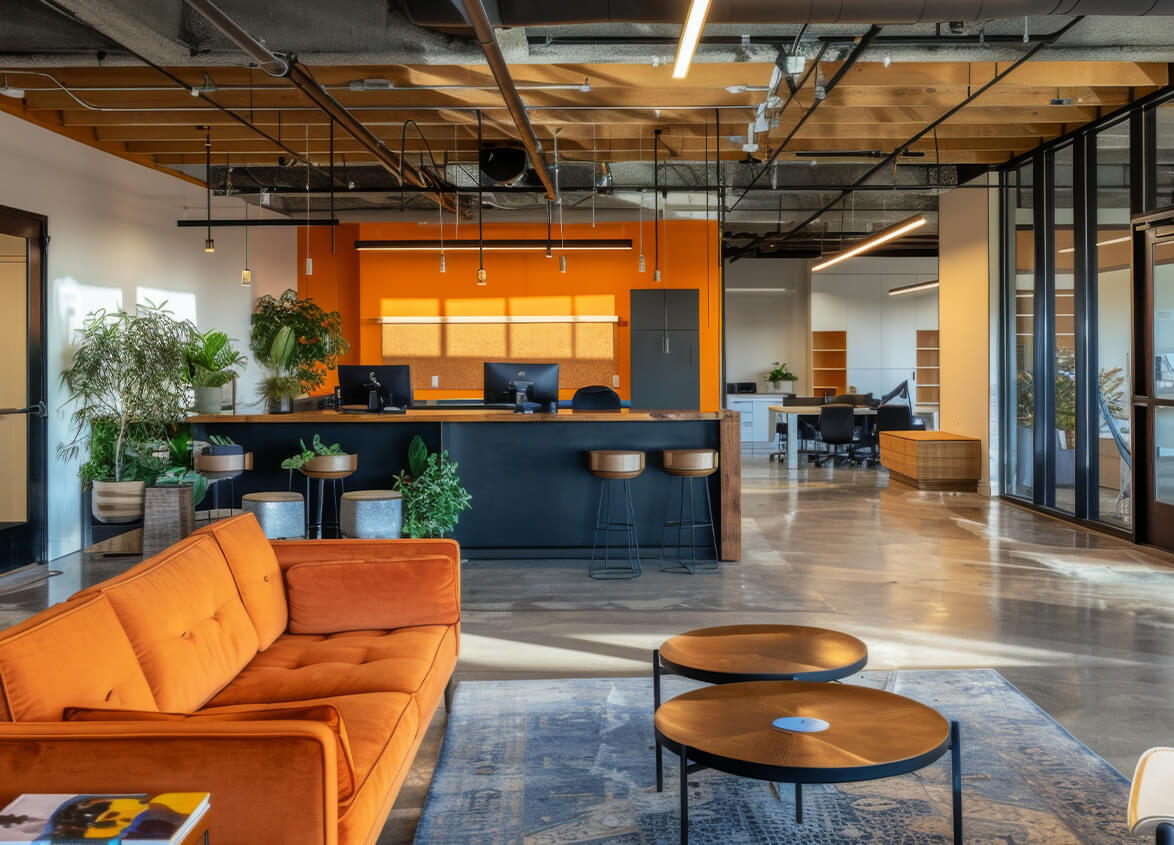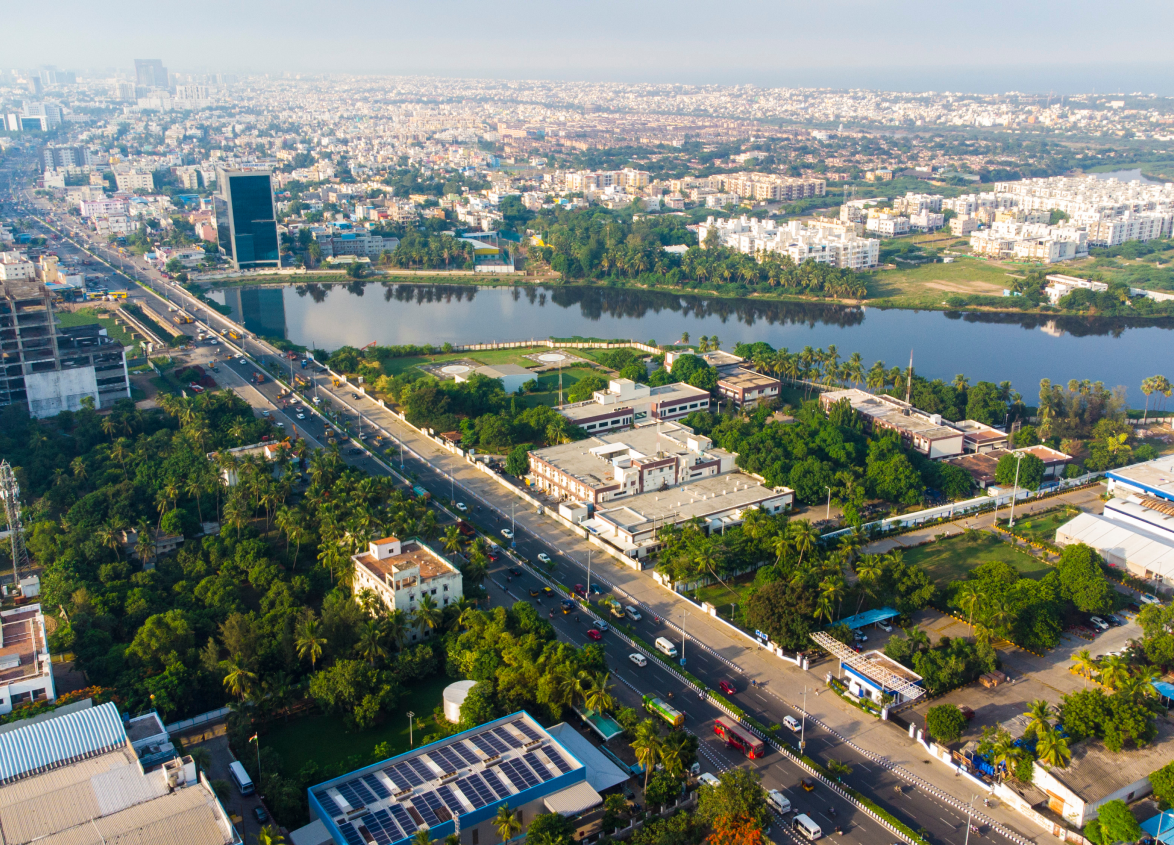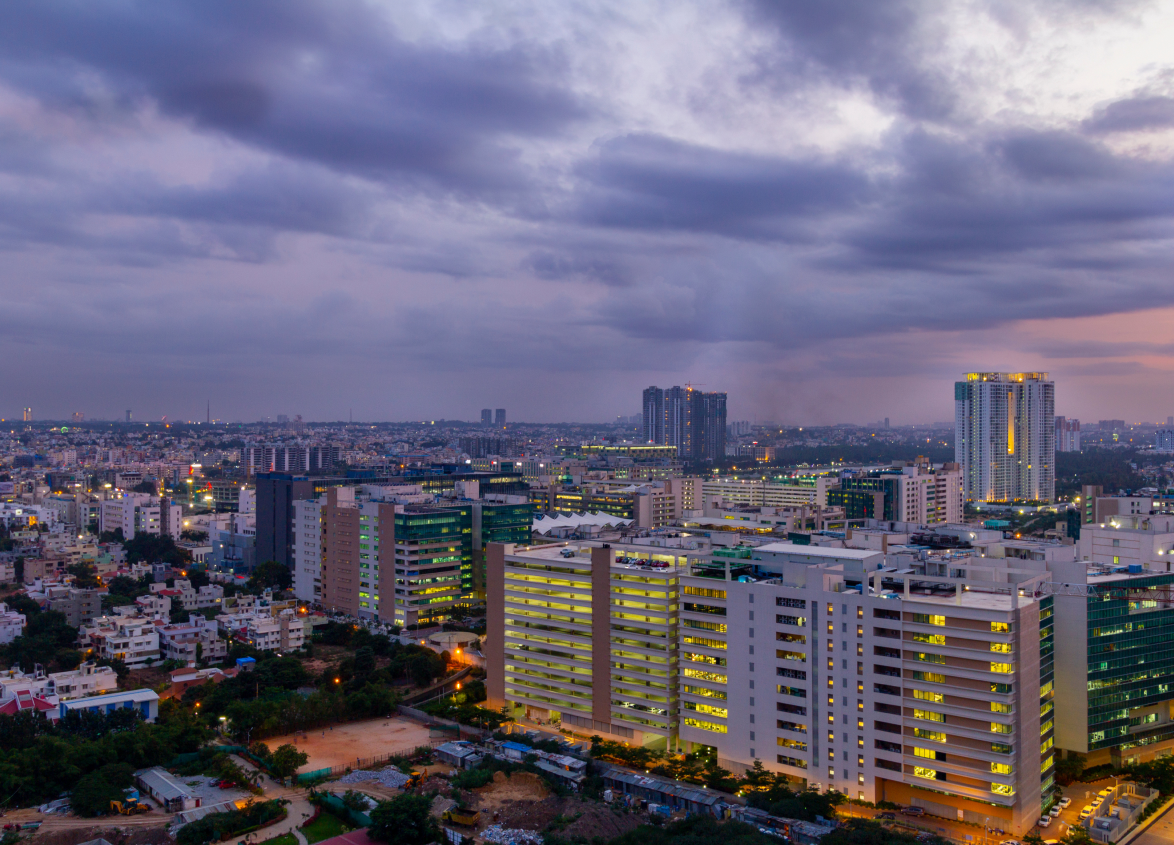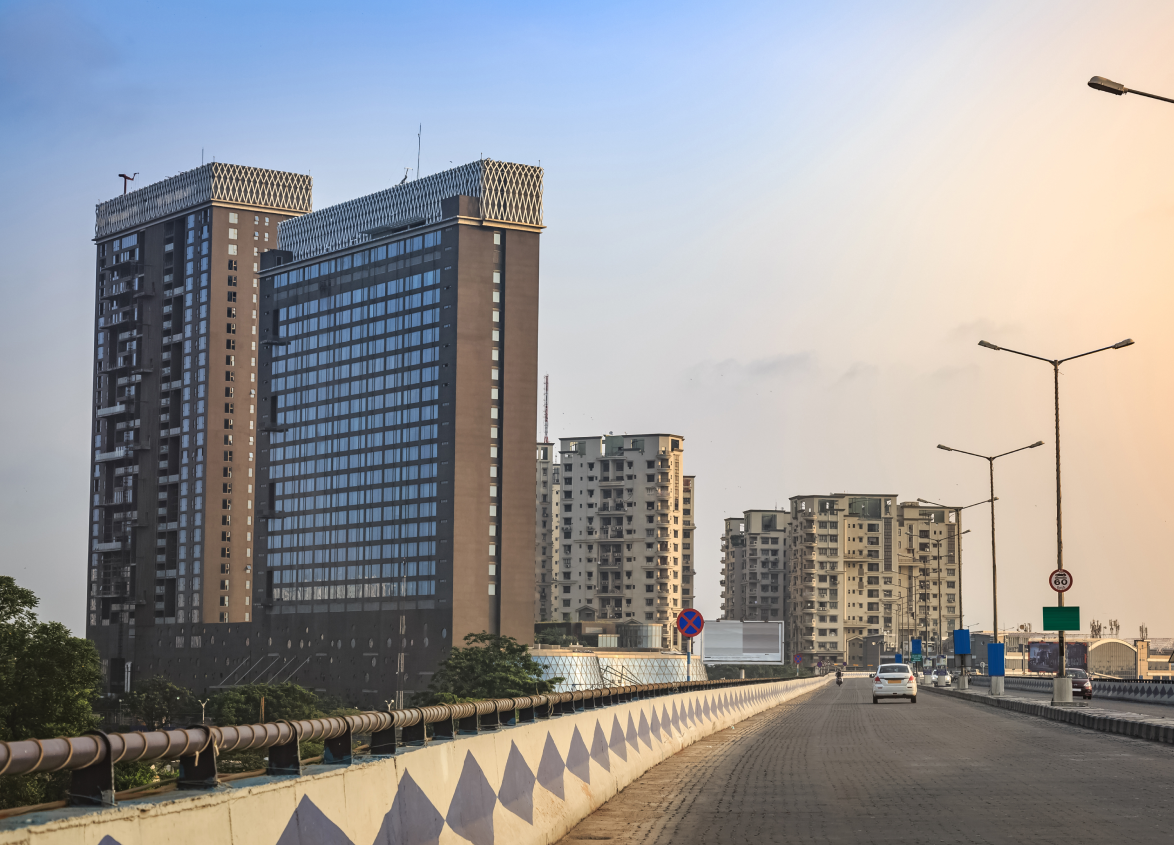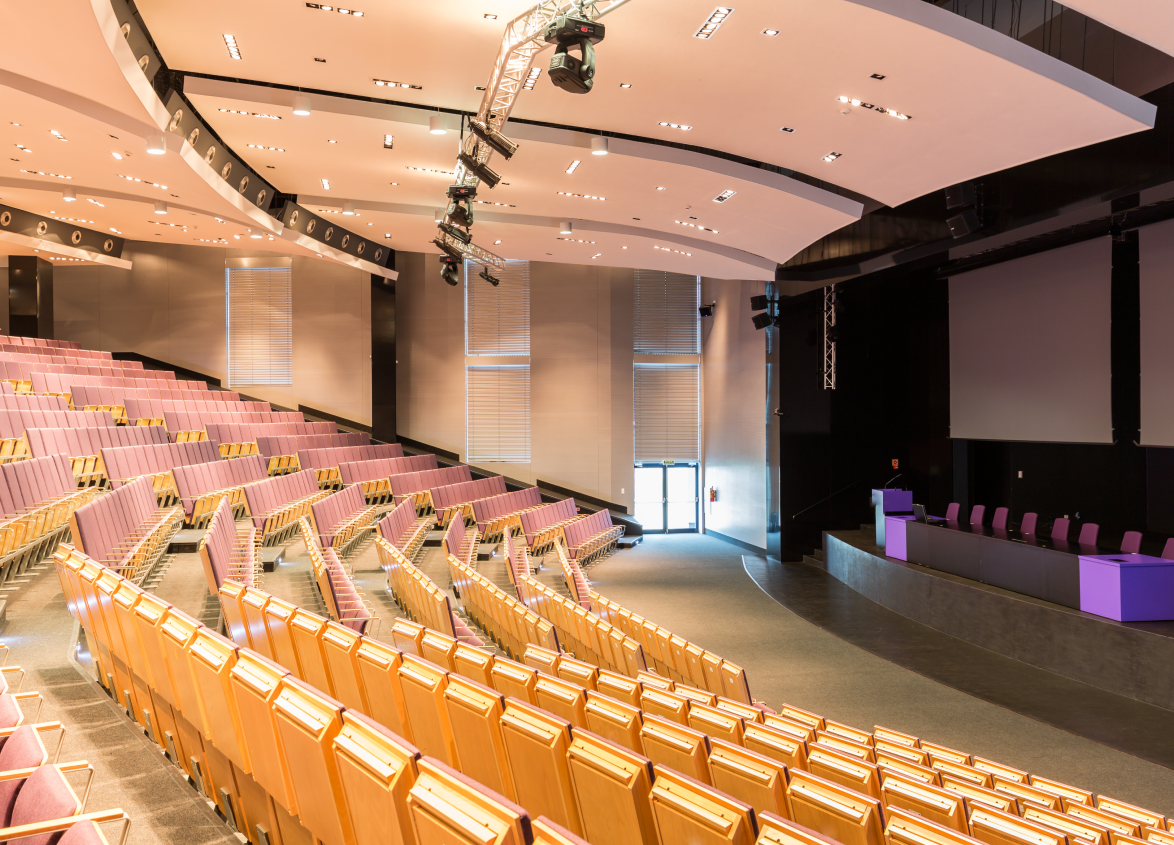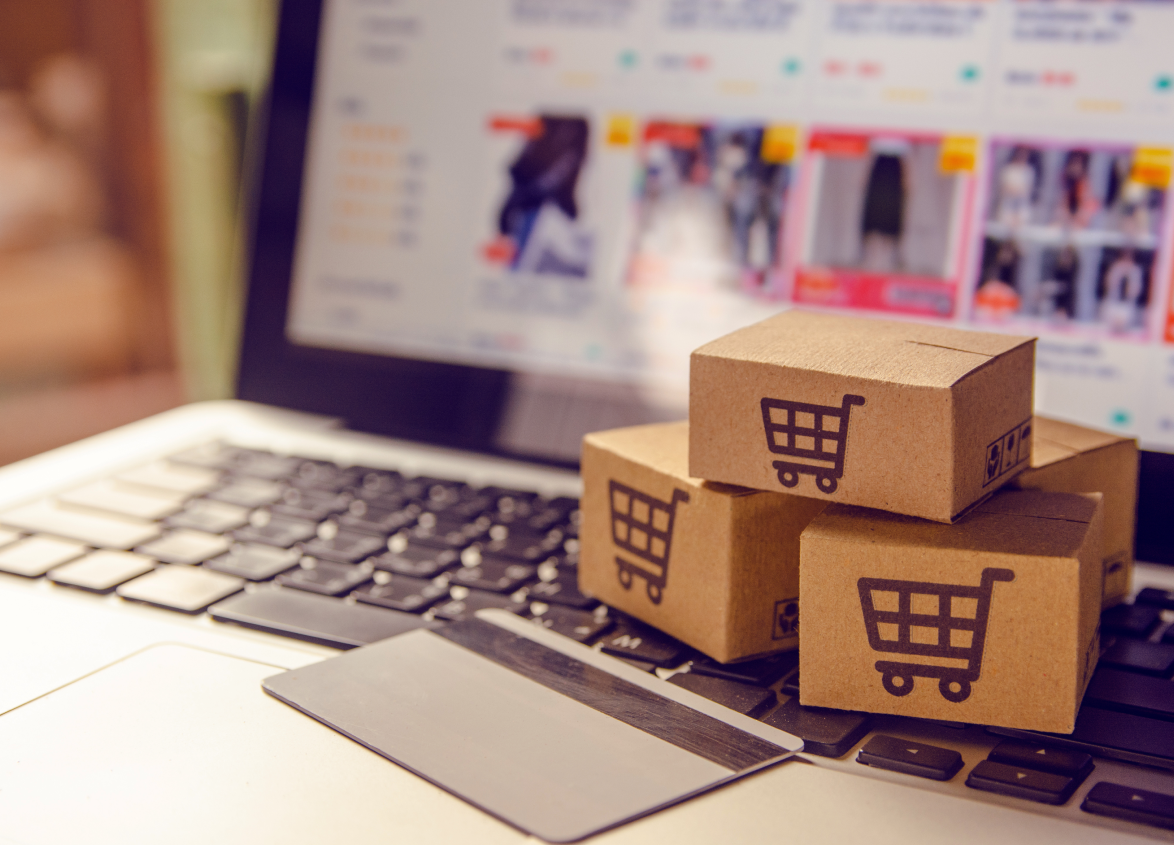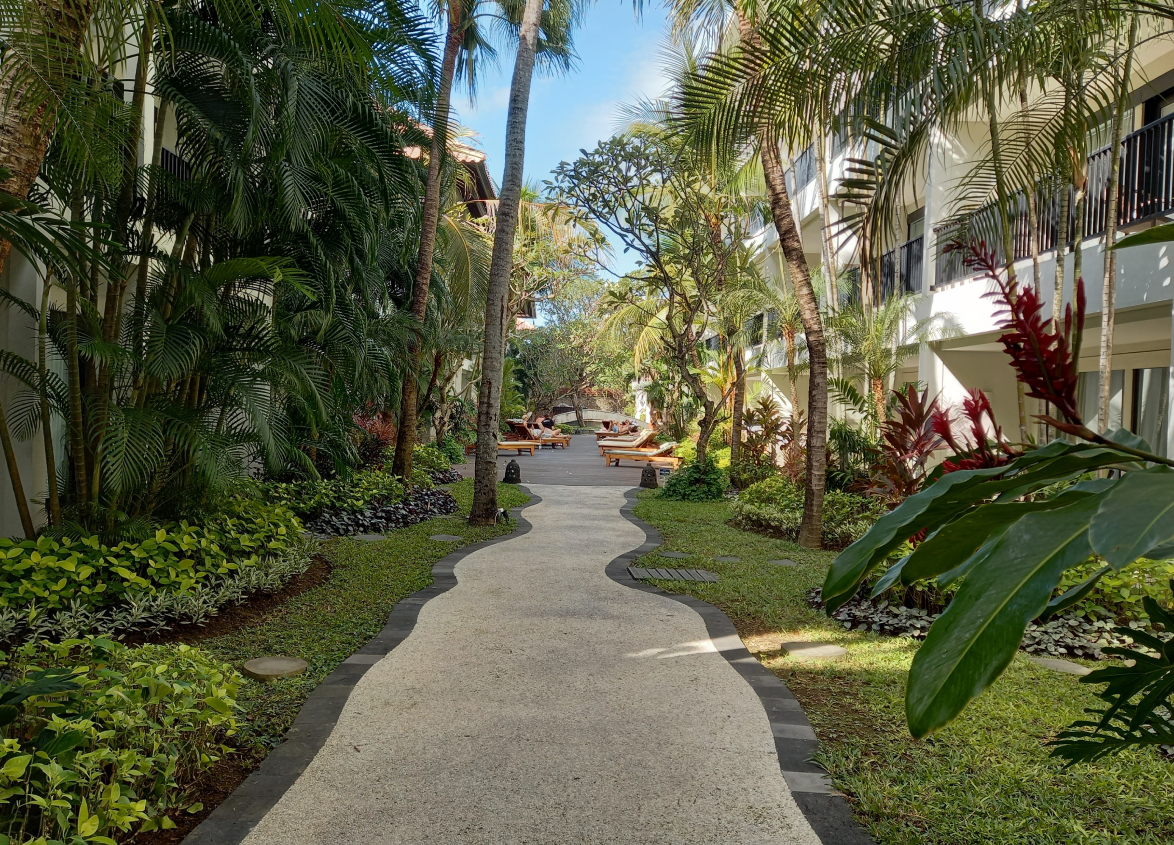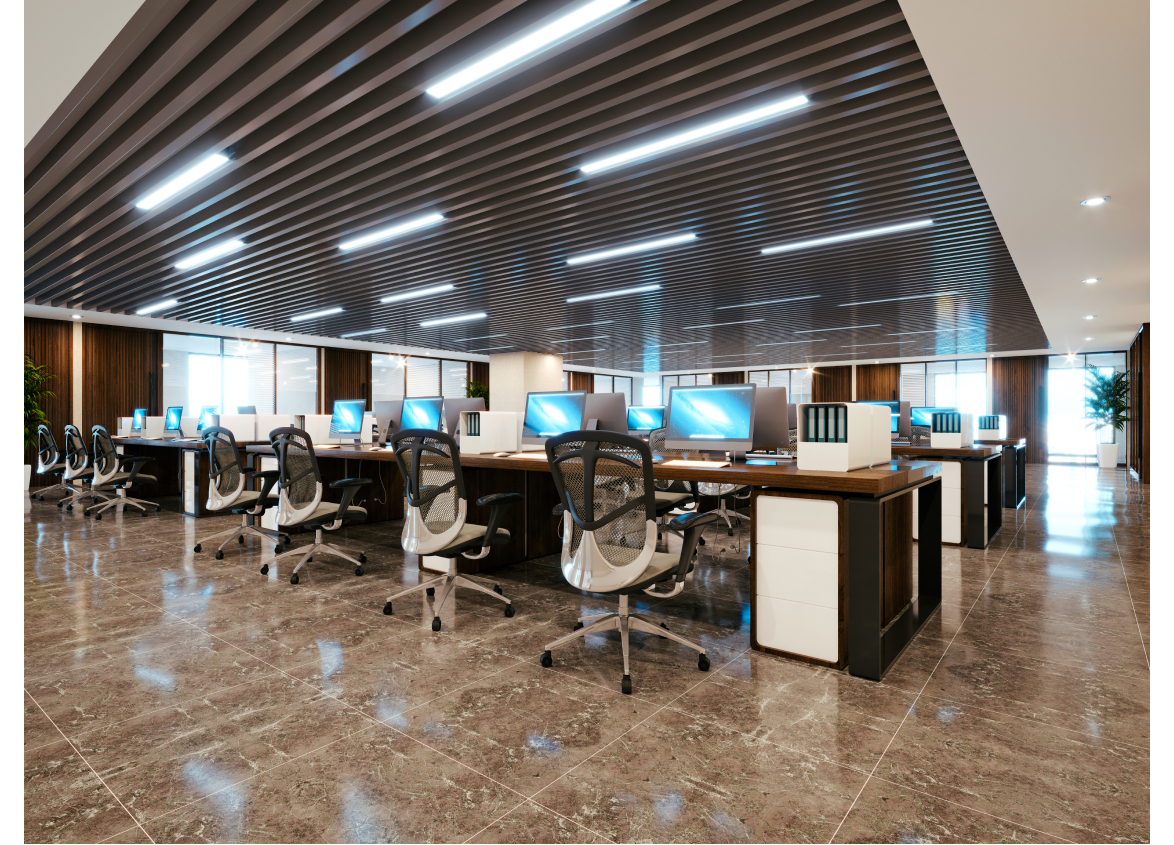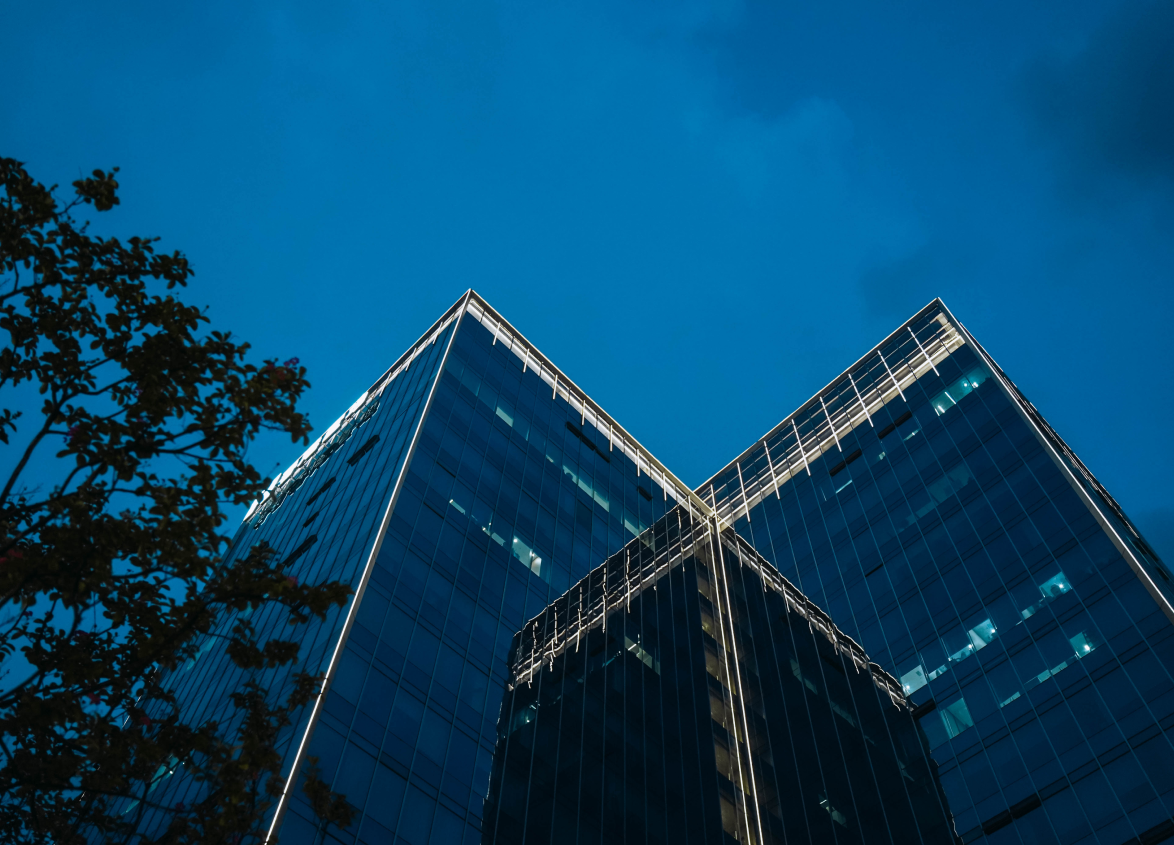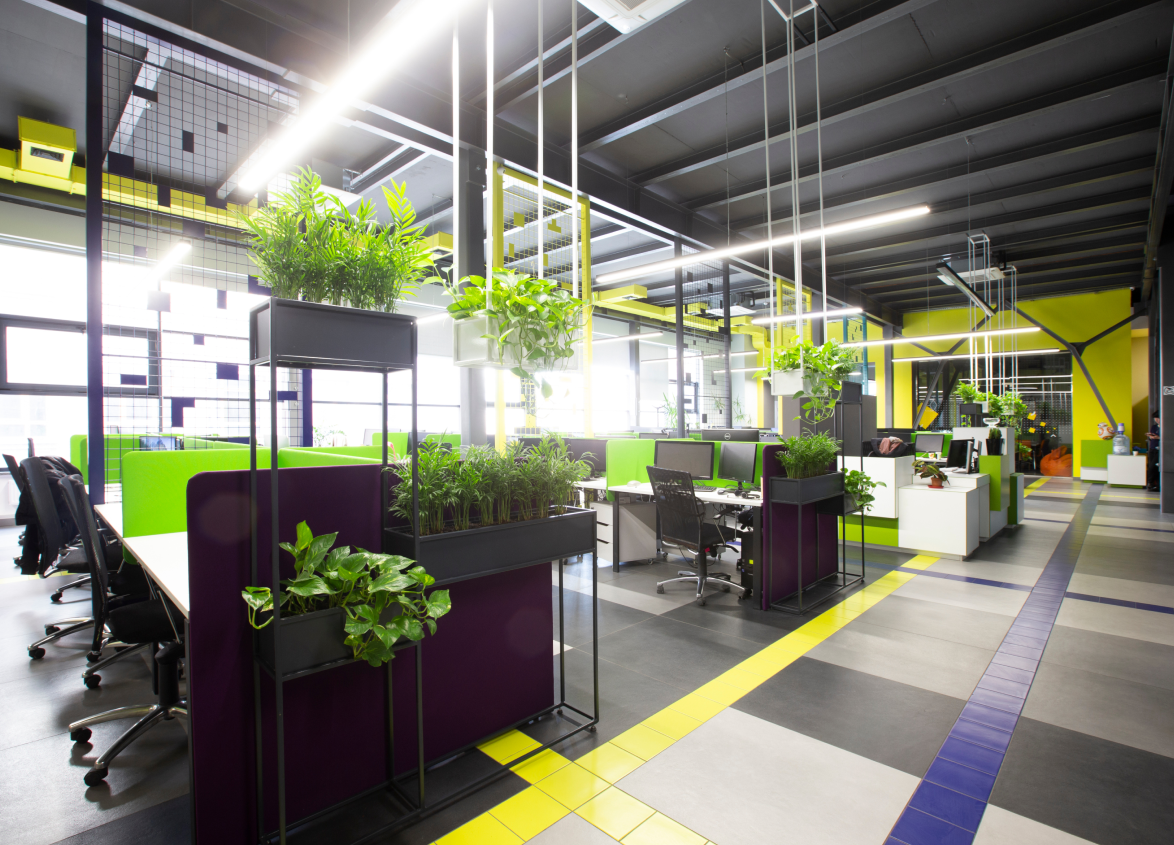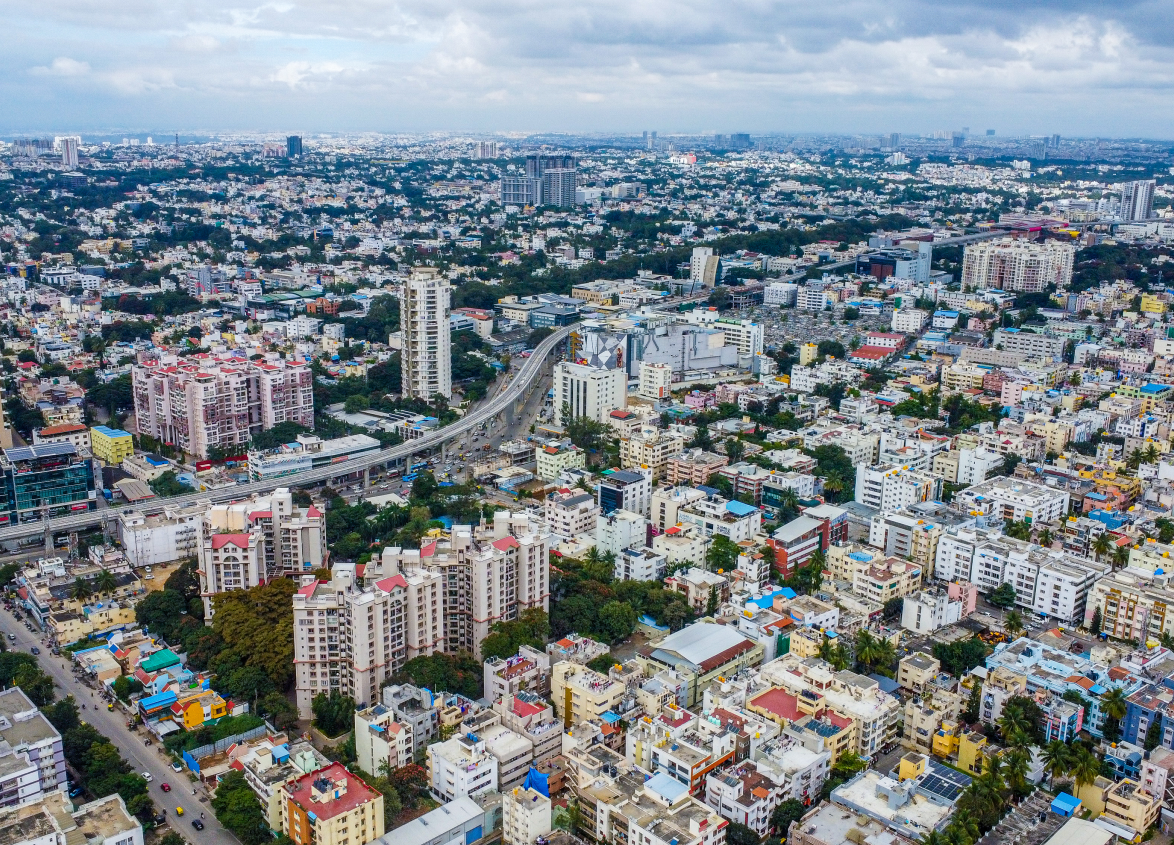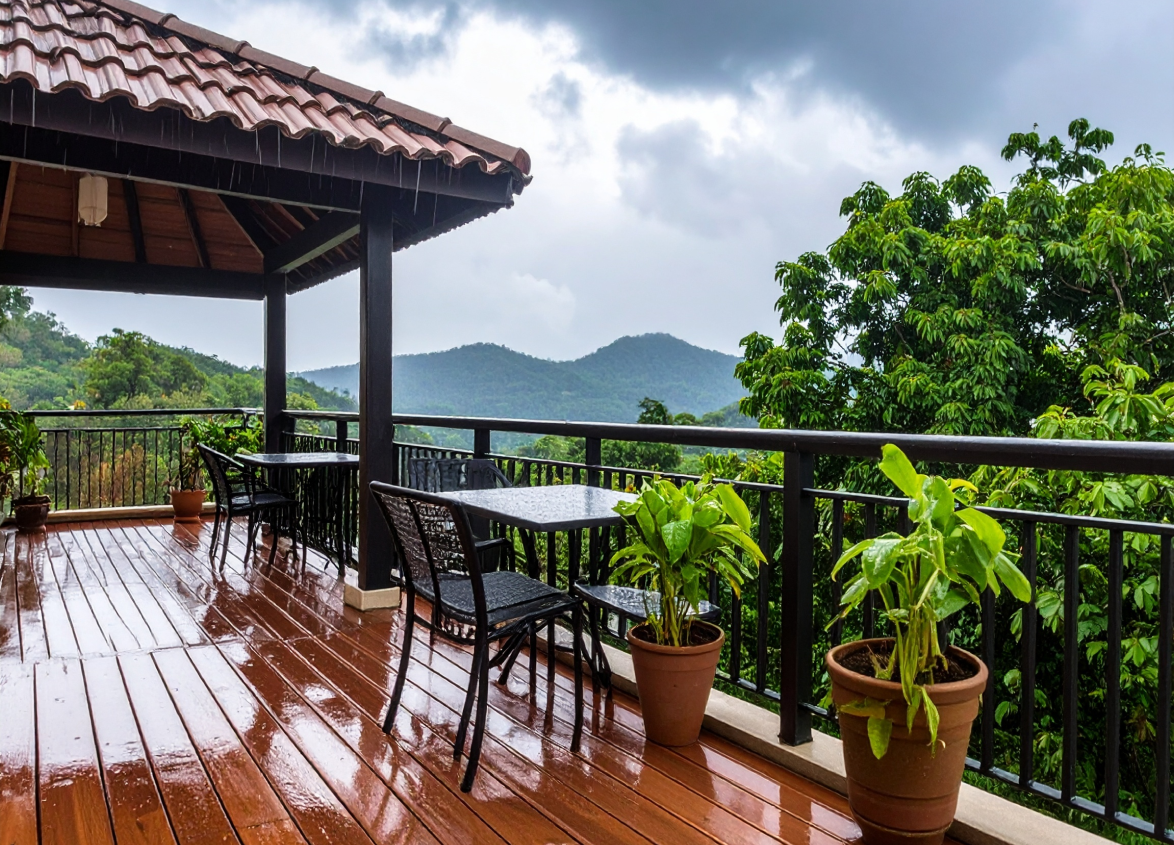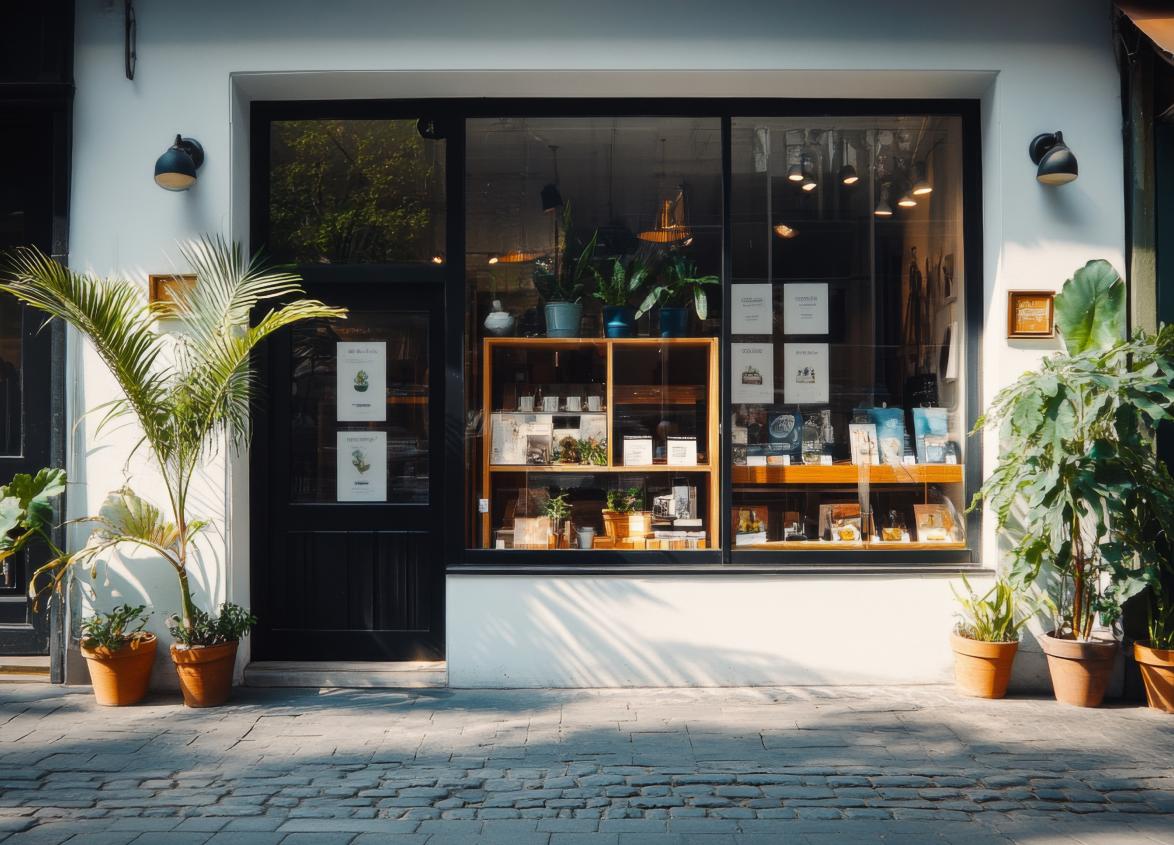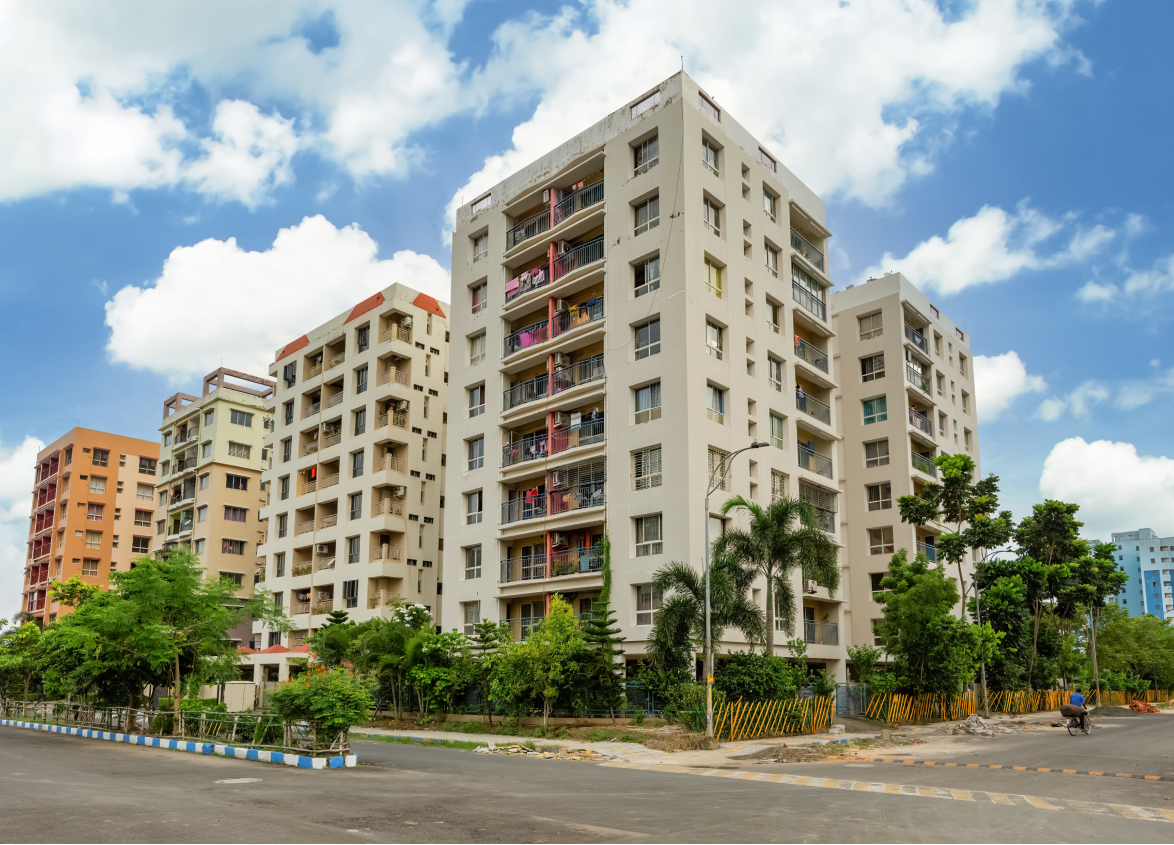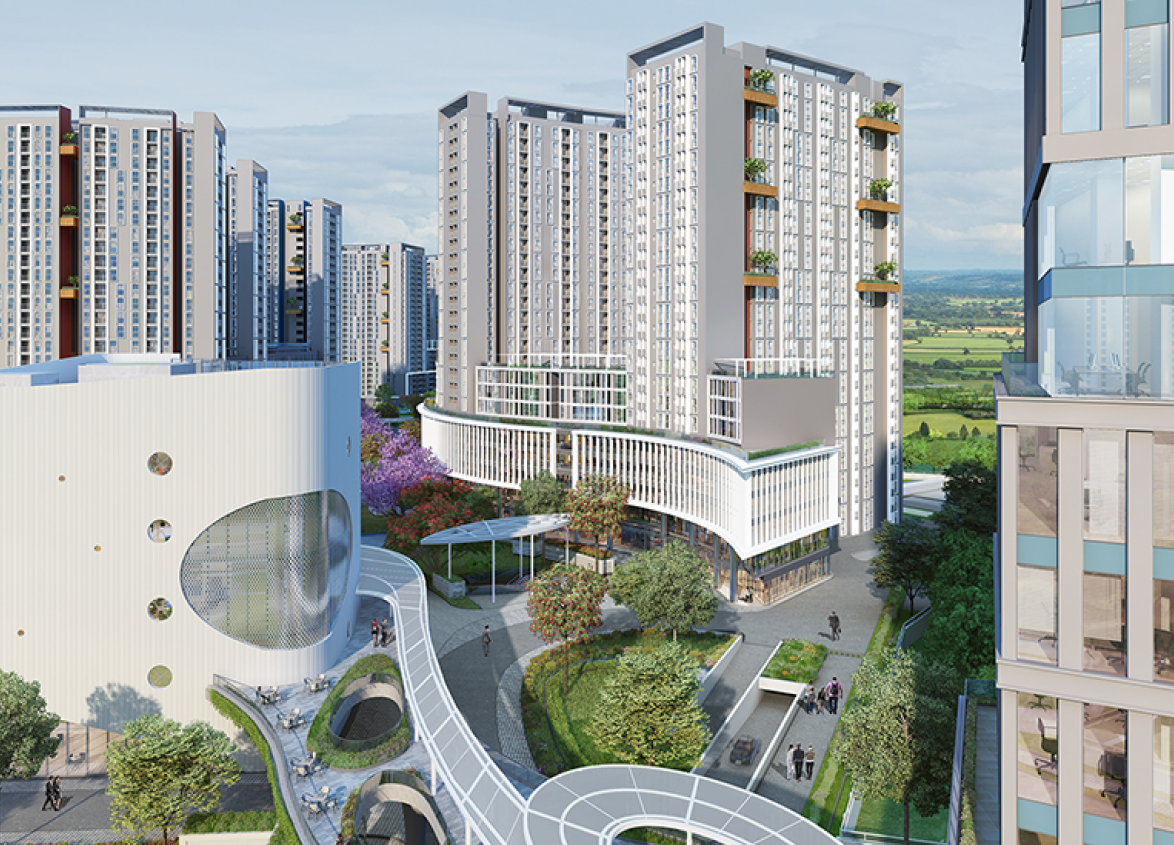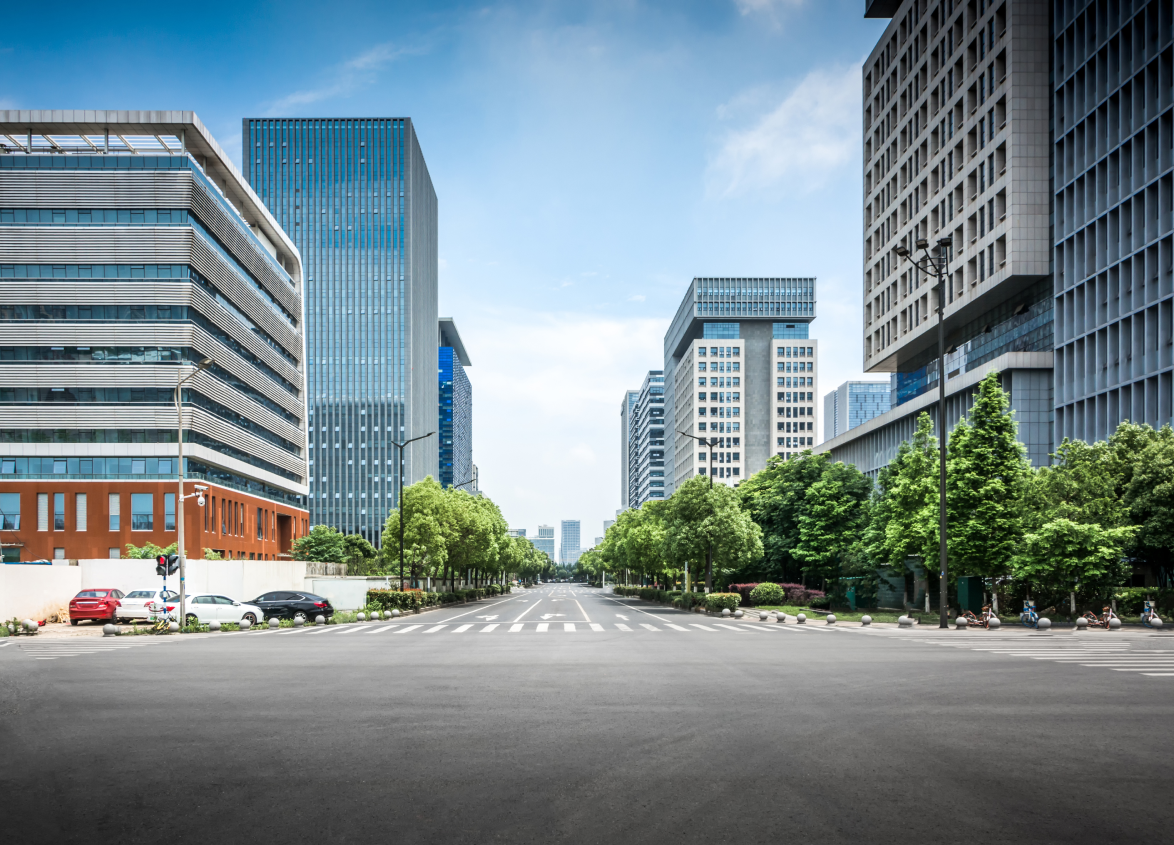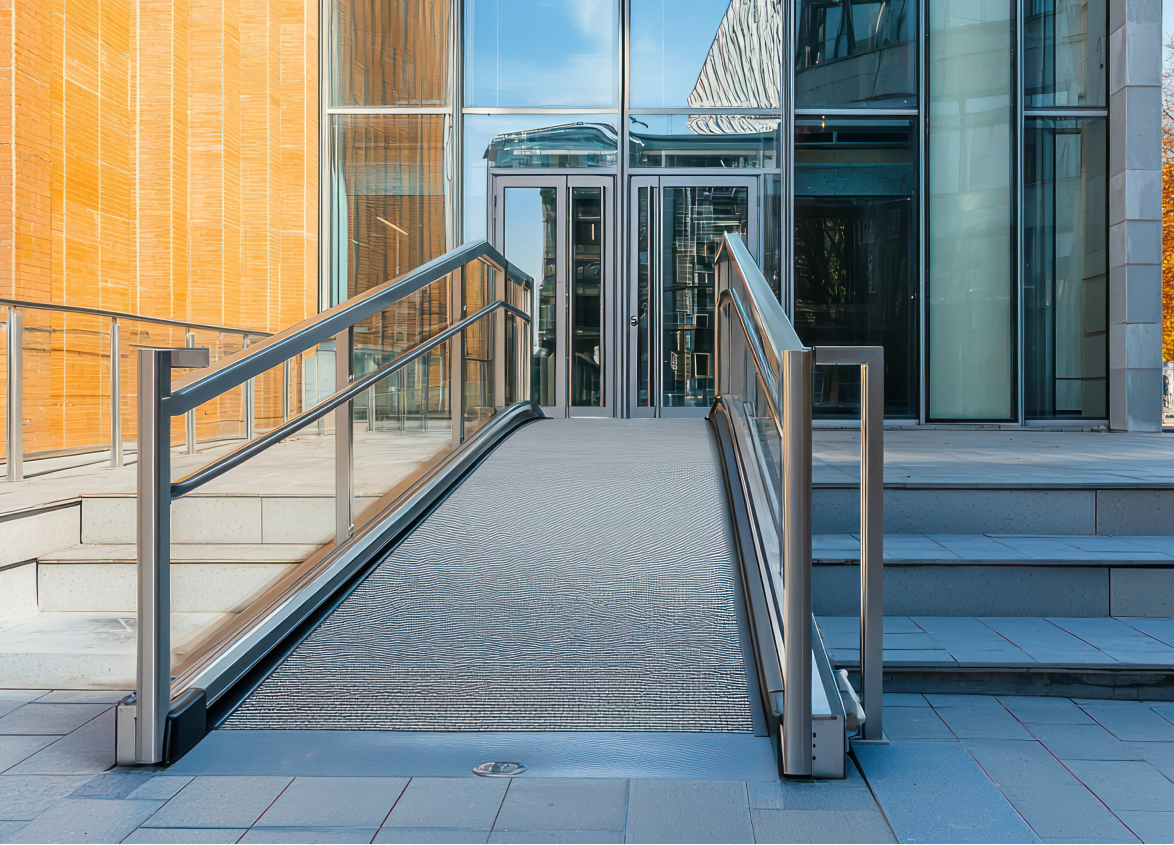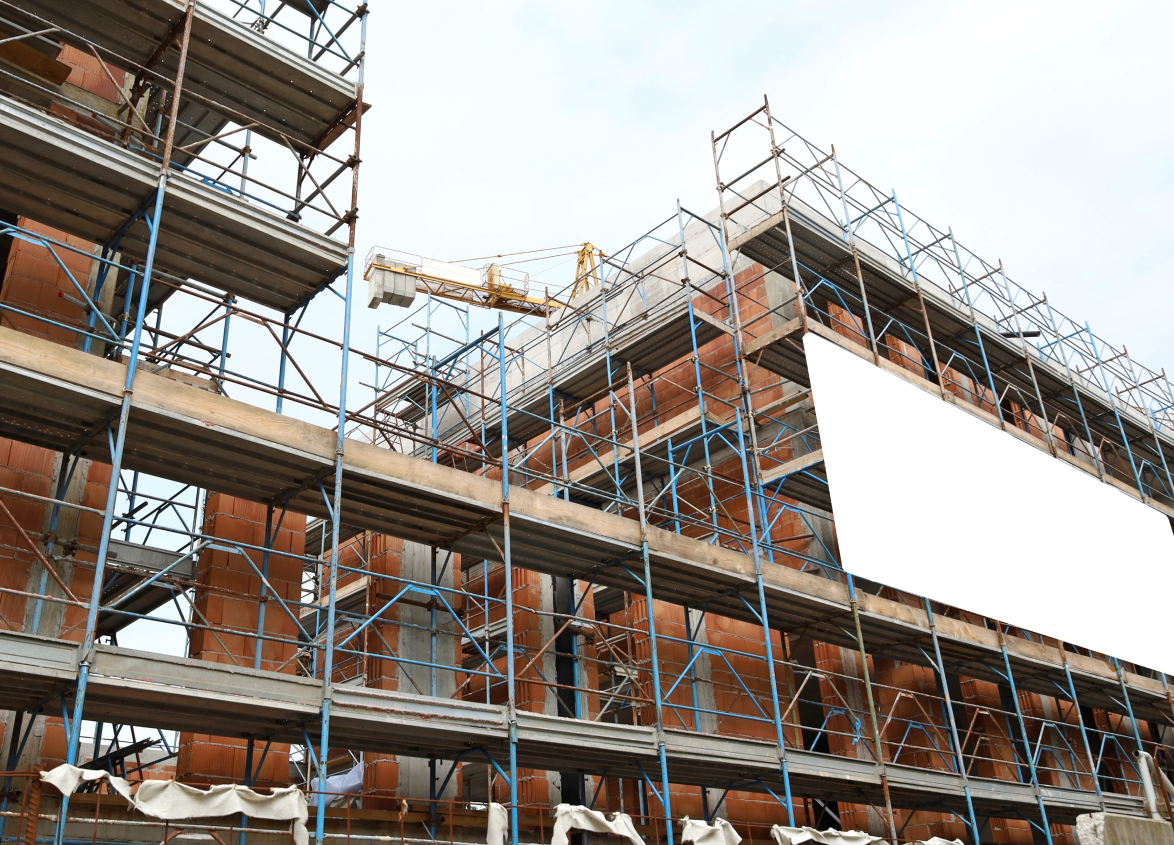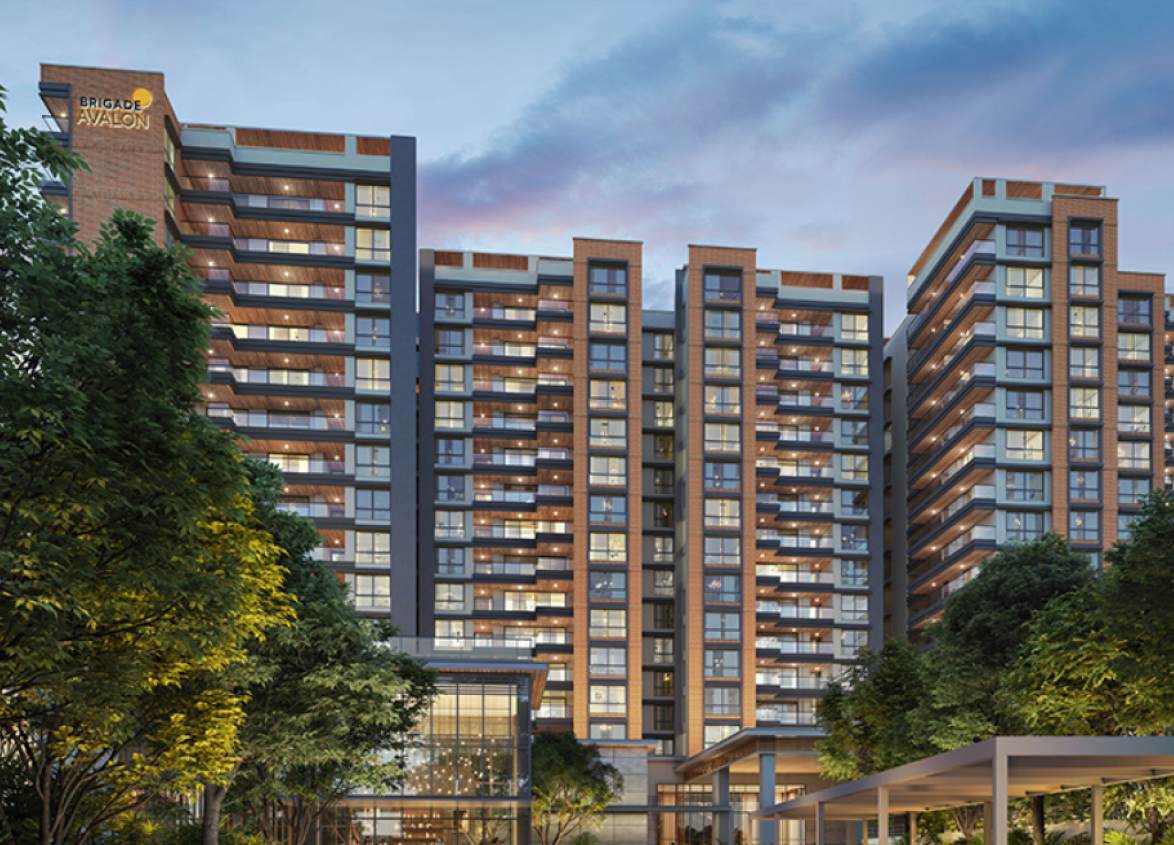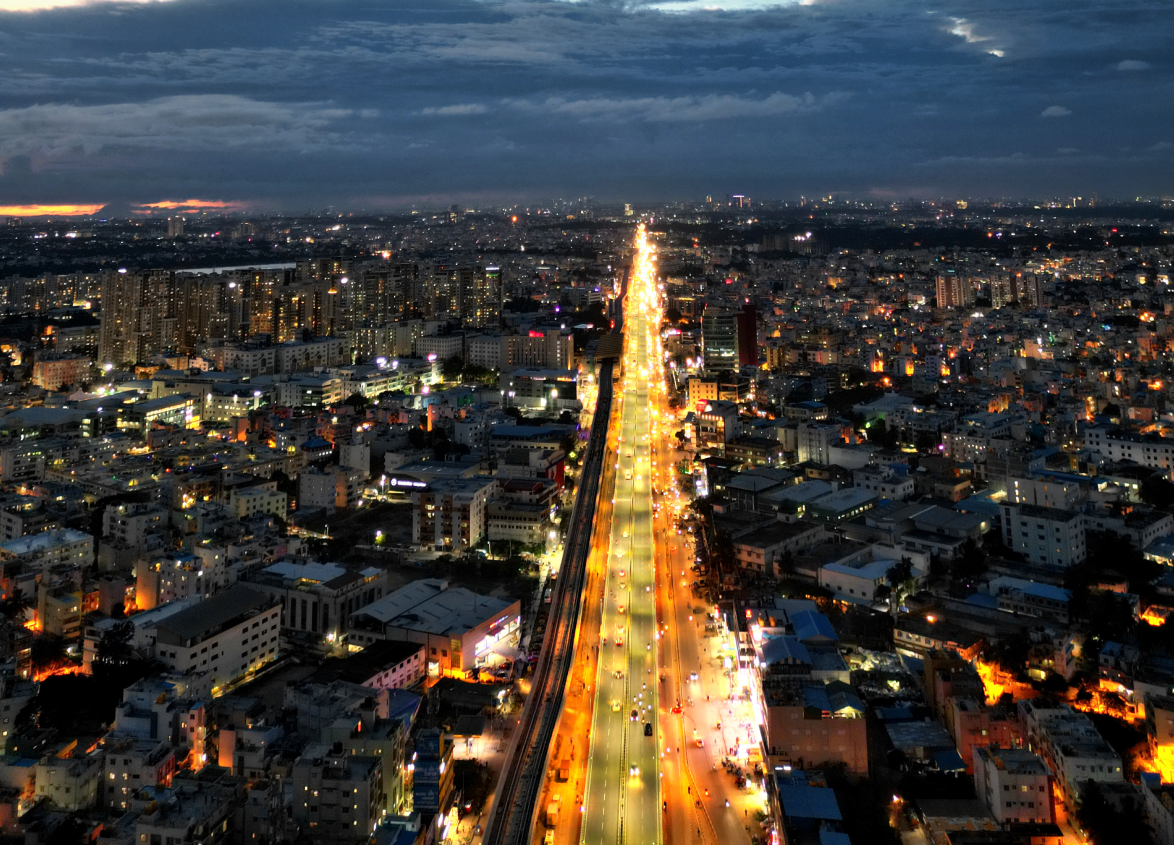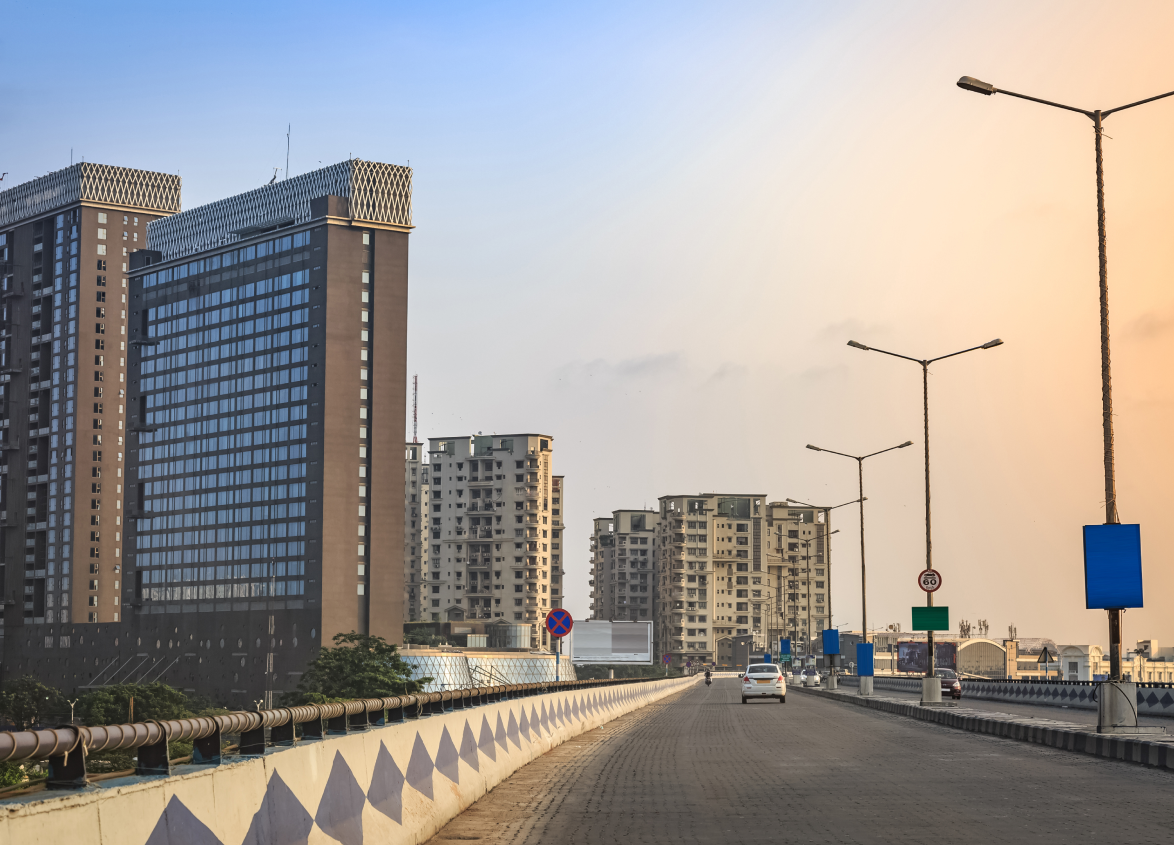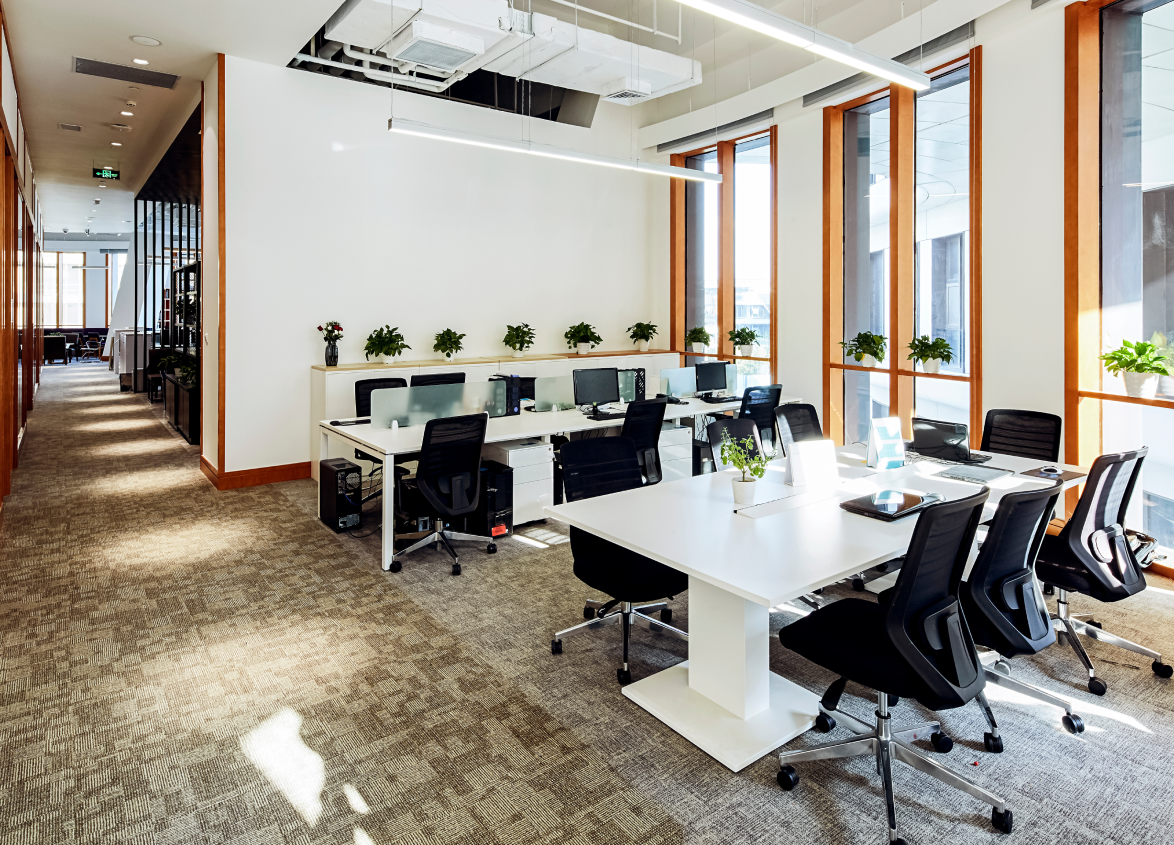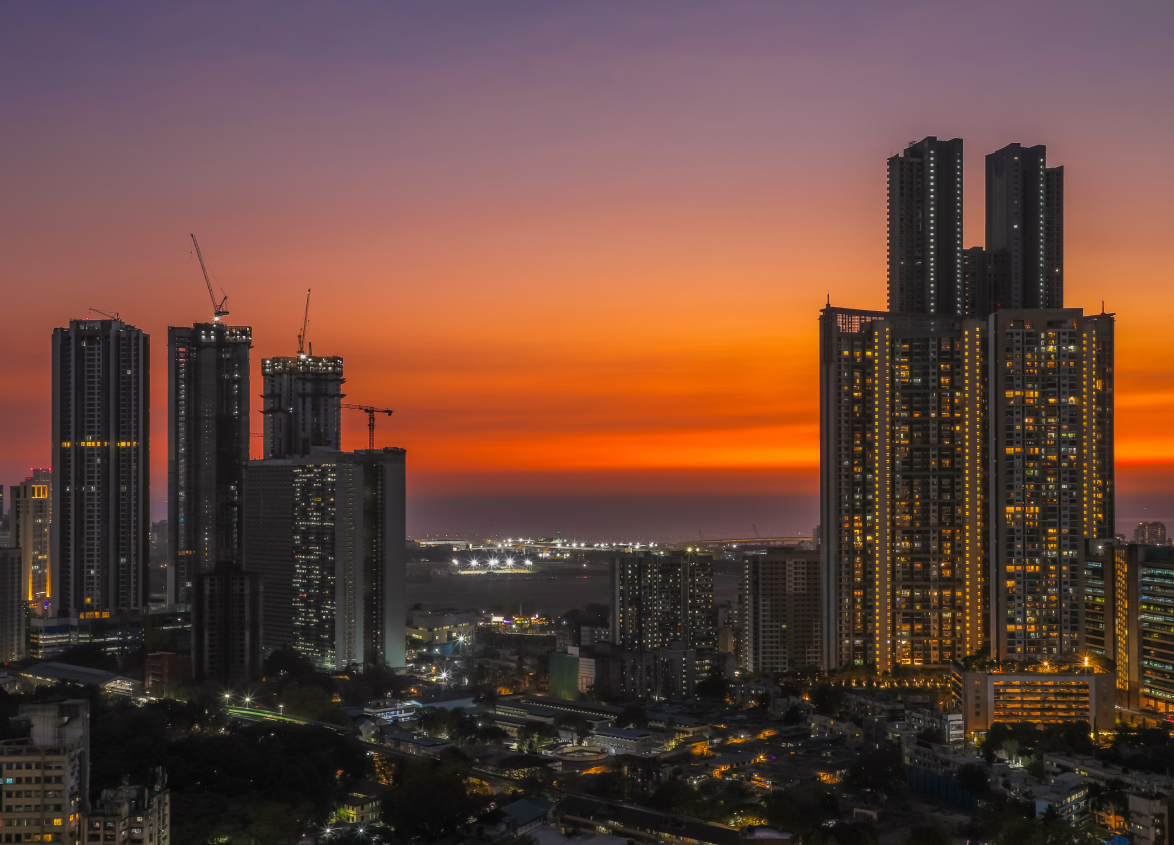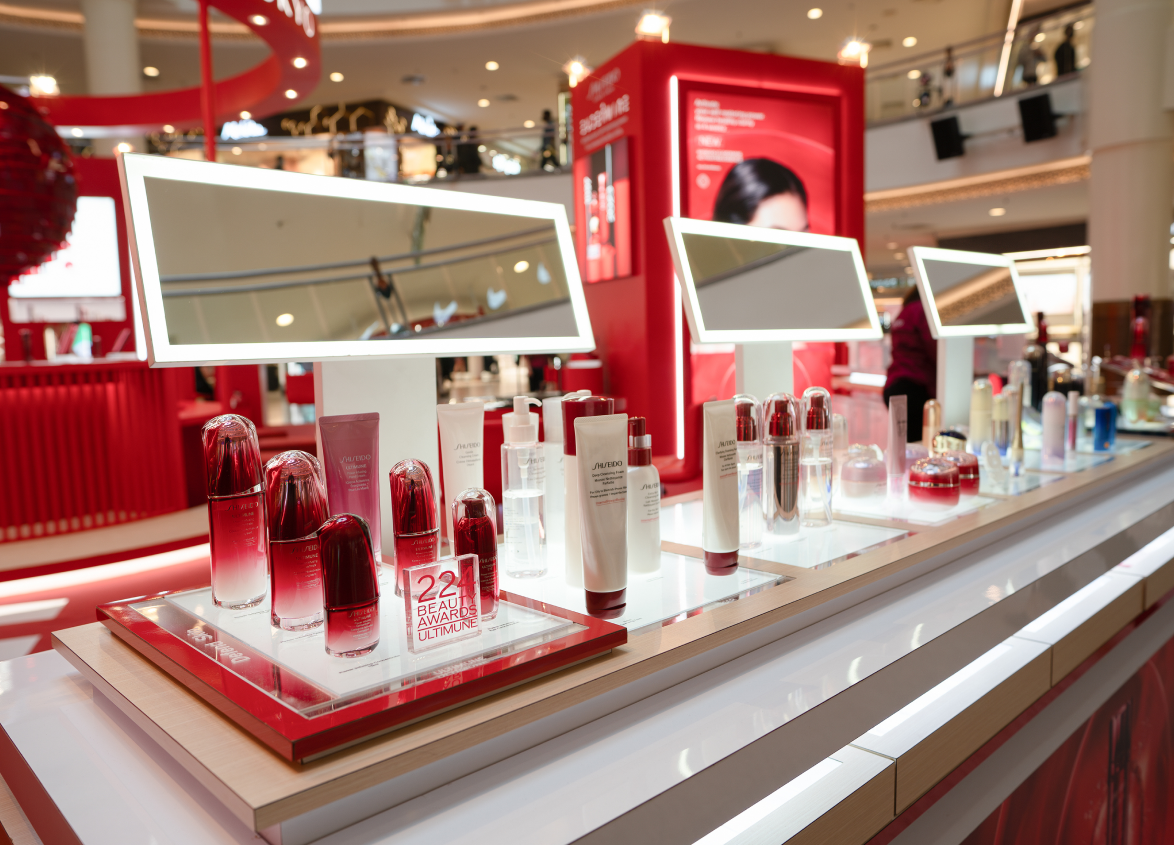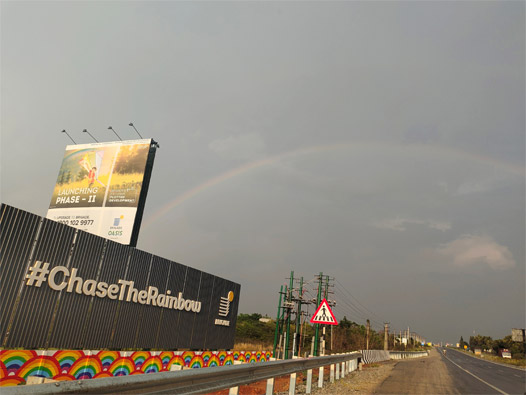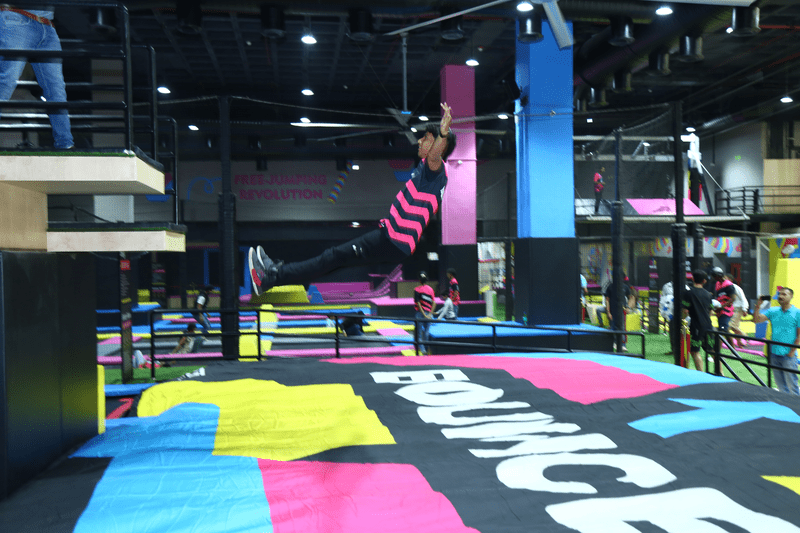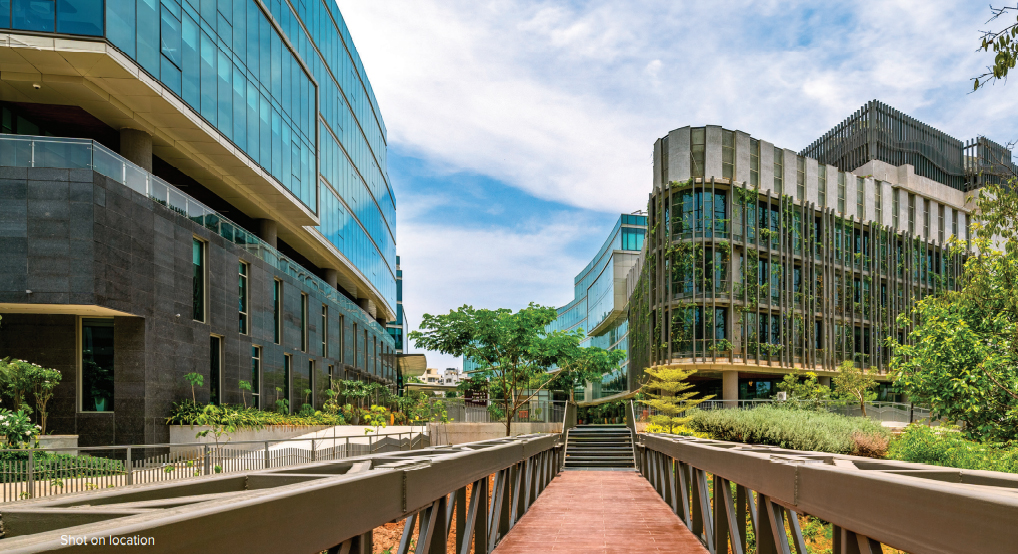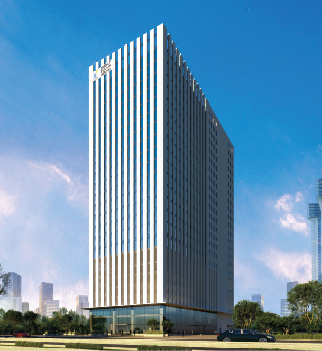
Retail
From Visibility to Viability: The Real Impact of Location in Retail Success
August 12, 2025
Within the constantly changing world of retail, location has always been a key to strategic success. From department stores to pop-up shops, the significance of retail location cannot be overemphasised. Retail site selection is no longer just about geography in an era driven by data, digital integration and hyper-personalised experiences. It is about aligning with customer behaviour, optimising the marketing mix and enhancing operational viability. The correct location serves as both a storefront and a story, a critical touchpoint in the customer journey.
A physical store address is not just a pin on a map; it represents market potential, drives foot traffic and defines a brand's positioning. Today's retailers must use location analytics, interpret consumer behaviour and make engagements meaningful. Location decisions are now mission-critical; those who ignore strategic location planning will lose market share, customer loyalty and profitability.
Visibility: The Starting Point
The initial and most direct value that a retail outlet provides is visibility. High footfall areas, like shopping complexes, covered malls, high streets and transportation hubs, are magnets for passersby. A retail outlet's eye-catching presence, through signage, facade, window displays and architectural form, makes retailers easy to spot in an overcrowded market. Physical visibility, however, is no longer sufficient.
Digital visibility has become an equally strong complement. Shoppers now have location analytics, local search engine optimisation and tools like Google Maps to enhance their presence and attract potential shoppers to stores. The intersection of physical and digital touchpoints makes it possible for retailers to reach shoppers where they are, both online and offline. Combining store location information with mobile maps and providing up-to-date information on availability or promotions can boost shopper engagement.
Moreover, social media check-ins, influencer visits and user-generated content augment location relevance in the digital universe. Physical retail visibility meets digital discoverability as never before. Retailers must invest in both domains to stay top-of-mind and discoverable to target audiences.
Access and Convenience
A store in a busy location may still not succeed if it is not accessible by car, public transportation or on foot. The location has to be chosen not for its look or prestige appeal but stores should prioritise functional convenience over aesthetic appeal.
Accessibility also encompasses hours of operation, pedestrian-friendliness and even environmental planning. The popularity of "15-minute cities", a style of city planning where multiple essential amenities are available within a 15-minute walk, has validated the places that provide hyperlocal convenience. To illustrate, a temporary shop near an office node can pull foot traffic from working professionals, especially during rush hours. In contrast, a clothing store in a residential area may face repeat visits and generate loyalty. Customer flow isn't solely a matter of numbers; it's timing, situation and accessibility.
Merchants need to consider whether the area fits with the lifestyle of their target market. Are they catering to professionals, families or students? Are they close to gyms, schools or office campuses? These mini-ecosystems greatly affect the quantity and quality of traffic and thus ultimately conversion rates.
The Competitive Landscape
Retailers must also evaluate nearby businesses as their proximity can lead to competitive synergy or market saturation. A retail outlet location with complementary offerings, such as cafes around bookstores or fashion stores in a shopping complex, improves the customer experience and drives overall foot traffic.
On the other hand, oversaturation by immediate competitors in one zone can soften brand recognition and price points. Strategic selection of retail locations includes knowing what the space offers and who occupies the rest of the territory. A competitive audit before signing a lease can uncover threats and opportunities.
In some situations, there are advantages to being situated in retail clusters or themed areas, such as electronics districts or fashion streets, where consumer intent is already high. This comes with the need for clear differentiation and a value proposition to differentiate from similar products.
Operational Viability
A high-visibility, well-located retail store can still falter without backend support. Retail management must evaluate rent structures, supply chain logistics, zoning regulations and long-term scalability. The retail operation thrives not just on location but on the cost-efficiency and sustainability of that location.
Location information becomes priceless when evaluating market potential, customer bases and forecasting performance. Now, retailers are utilising AI and predictive analytics to analyse potential locations considering live traffic, weather, economic conditions, etc. Predictive heat maps, customer catchment area analysis and dynamic lease modelling assist retailers in de-risking expansion and optimising operations.
In addition, the site must facilitate easy movement of stock and replenishment. A proximity to distribution warehouses or transportation terminals can lower the cost of logistics and improve service levels. It is not a matter of front-end traffic. Operational convenience is just as critical in calculating ROI from a retail space.
Experience-Led Location Strategy
Consumers today are not only buying; they're looking for an experience. With the distinction between retail and recreation dissolving, a location's experiential worth has become an essential differentiator. Contemporary site selection needs to analyse more than demographics and location; it needs to consider the emotional and sensory environment a space can provide.
Think about how companies such as Apple or Nike situate their flagship stores in lifestyle destinations instead of merely commercial areas. These destinations are not simply stores, but brand theatres. From responsive screens to community events, these spaces present a multi-layered, immersive brand experience that converts browsers into brand enthusiasts. That’s why selecting a location isn’t just about footfall—it’s about choosing a place to support a complete brand experience.
Experience-driven strategy also means flexibility. Pop-up shops, seasonal promotions and modular retail models enable brands to experiment with markets, refine their footprint and create excitement at low risk over the long term. Such nimble formats turn location into a dynamic asset instead of a fixed investment. Retailers must adopt a mindset away from fixed leases towards fluid experiences and create locations that adapt to trends, customer expectations and business objectives.
The Role of Localised Insights
When globalisation collides with hyperlocalism, the retail playbook requires a sophisticated grasp of local culture, behaviour and community dynamics. A successful store in a metro city may underperform in a tier-2 town if one ignores local tastes and behaviours. Retail success is determined by how successfully a brand localises, not only by product range or price point, but also by store format, tone of communication and community relationships.
Location intelligence platforms today extend beyond traffic counters and heatmaps. They record rich insights such as peak hours, demographic movement, event-driven spikes in footfall and even sentiment analysis at the neighbourhood level. Such localised insights enable brands to develop hyper-relevant retail strategies, from pop-up coffee shops in artsy neighbourhoods to wellness stores around co-working spaces.
Integrating local community factors into the store experience, for example, by collaborating with local artisans, launching localised marketing campaigns or organising cultural events, adds an emotional resonance and increases customer lifetime value. The store becomes a point of transaction as well as a neighbourhood institution, a respected presence that reinforces brand loyalty.
Location in the Omnichannel Era
As omnichannel sets in, the significance of store location assumes new meaning. A brick-and-mortar location is now both a shopping destination and a hub for fulfilment. Shoppers are accustomed to browsing, purchasing, collecting and returning with end-to-end integration across platforms.
Retail sites in strategic hubs can facilitate faster last-mile delivery, act as pick-up locations or even facilitate immersive brand events. The hybrid consumer requires convenience and experience, which is only encouraged by smart site selection for retail.
Stores also strategically test micro-fulfilment centres and dark stores to assist with e-commerce fulfilment. These hybrid store models enhance supply chain responsiveness and address the increasing demand for next-day or same-day delivery.
In addition, location is evolving into a personalisation tool for strategy. Retailers with location-based services and IoT touchpoints can provide offers on a personal level and enhance in-store wayfinding and overall satisfaction. By doing so, location is now a living, breathing part of a brand's omnichannel system.
Conclusion
In retail, location is the key to success, but it isn't the only one. The path from being seen to viable is paved with data, design, customer understanding and operational rigour. The correct location amplifies brand value, maximises customer satisfaction and makes a retail business more than a store, a story. Retailers need to move from merely selecting locations to becoming location masters. Since the optimal location is no longer merely about being seen, it's about being desired, visited and remembered.
MUST READ
Looking for something specific?
We'd be delighted to help you.

